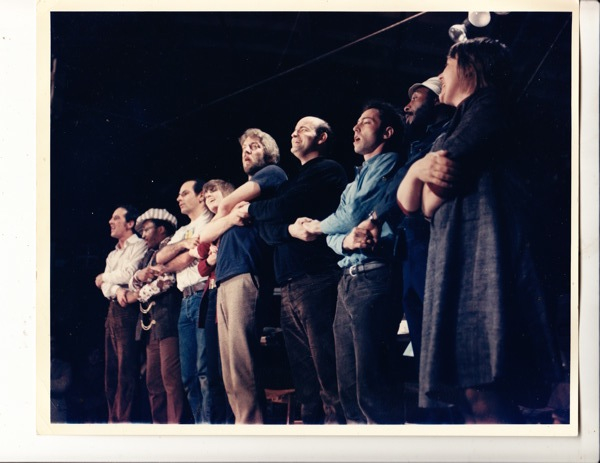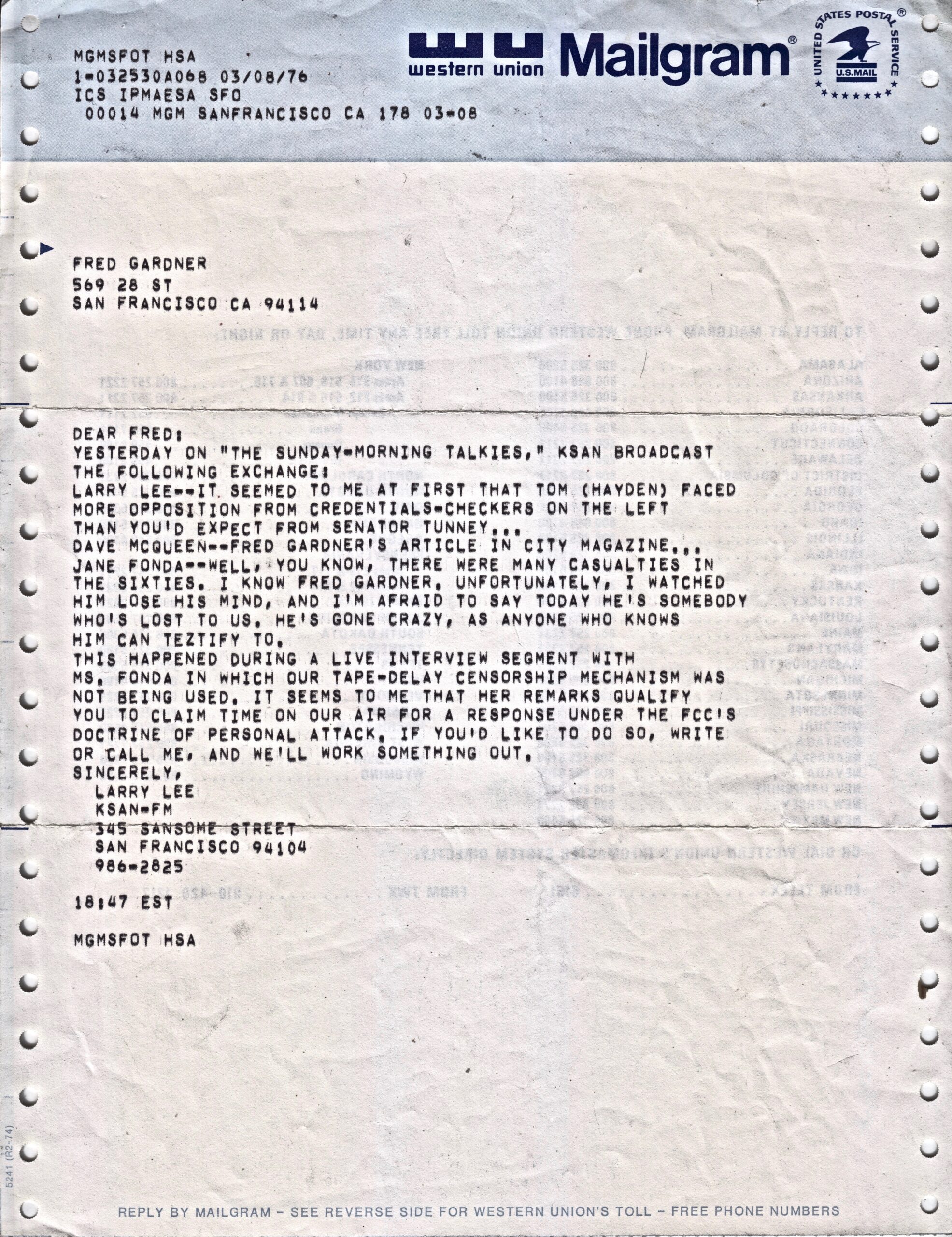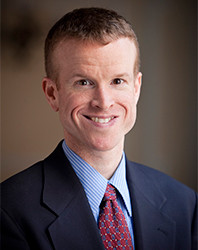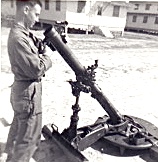Seen you in the supermarket
you and Lily Tomlin got a big hit
and leaning in for Hillary
I ain’t surprised not one little bit
Jane like stalkin’ my mind
from time to time
Can’t escape nohow
Great fame can mean this is then
and that was now
In late November I was notified about a webinar at which the makers of three anti-war films would discuss their works:
“Films of the GI Antiwar Resistance • Jane Fonda, producer/performer of FTA (1972) • Holly Near, musical artist and performer for FTA • David Zeiger, director of Sir! No Sir! (2005) • Connie Field, director of The Whistleblower of My Lai (2018).”
I didn’t zoom in but afterwards got an email from Donna Mickleson, who had been my partner in opening the UFO Coffeehouse near Fort Jackson, South Carolina, in late ’67. “I was impressed by all three main speakers,” wrote Donna. “I believe you’ve been skeptical of Fonda’s role in the past, but to me she came across as very real, and listening to her story—and the way she and Holly filled in each other’s memories— was quite moving. I also noted how Zeiger credited Fonda with helping to fund his film. His focus on the role of the ‘spitting myth’ in depressing antiwar movements since Viet Nam wasn’t one I’d thought about much and seems ‘on target.’
“I plan to watch ‘FTA!’, which I’ve never seen, and re-watch ‘Sir, No Sir!’ on Netflix. I had either not known or—more likely—forgotten that FTA! was abruptly pulled from theaters, probably because Nixon didn’t want it out there and pulled strings.”
I wanted to reassure my old friend that of course I know Jane Fonda is on the side of the angels, and has a good heart. But that last bit about Nixon causing the FTA film to fail made me skeptical all over.
Wikipedia describes the FTA film as “A documentary… which follows a 1971 anti-Vietnam War road show for G.I.s, the FTA Show, as it stops in Hawaii, The Philippines, Okinawa, and Japan. It includes highlights from the show, behind the scenes footage, local performers from the countries visited, and interviews and conversations with GIs.”
It was Dr. Howard Levy who, in the winter of 1970-71, had suggested that the peace movement produce an alternative to Bob Hope’s USO show. Jane Fonda loved the idea and began putting it together. Dr. Levy was then working for the Health Policy Advisory Council in New York, having served his time at Leavenworth for refusing, when he was a captain in the Army, to train Green Berets in the healing arts. I was in NYC, too, having handed over leadership of the GI Coffeehouse network to Tom Hayden in the spring of ’68. Tom said “The Mobilization” could provide staff and funding to open coffeehouses near nine more bases! I said “Great, Tom.” He had just come back from North Vietnam, escorting US pilots who had been shot down and were released after denouncing their missions. He offered me a spot on the next delegation of peace activists to pull escort duty. I had the good sense to say no, thanks. I was politically confused –if I wasn’t part of the peace movement, what was I part of? My wife was in San Francisco, in love with a woman. I missed my kids but had been told and wanted to believe that I wasn’t needed. I found a cozy apartment in the Village and was planning to go to medical school.
To create the FTA show, Jane’s agent Mike Medavoy hooked her up with another of his clients, Alan Myerson, director of San Francisco’s brilliant comedy cabaret. Jane recruited Donald Sutherland, Peter Boyle and Dick Gregory for star power. Many writers, Barbara Garson and Jules Feiffer among them, contributed skits. Carl Gottleib and Garry Goodrow transposed Committee sketches into a military context. They must have been rehearsing in New York because one night Myerson came to my apartment and urged me to be the show’s stage manger and liaison to the GI coffeehouses that would be hosting productions, starting with Fort Bragg next month. I confided in him that I felt estranged from the movement, I realized that “lifers” made up the working class of the Army and deserved support, not contempt. Myerson said that Jane had become extremely influential and with her support I could get my line across. And so I assented. He also asked me to write a song for Jane to sing verses of during the blackouts between skits. I think it took 10 minutes to write.
… Future Teachers of America, Free the Albanians
why write that on latrines?
Foxtrot, Tango, Alpha…
Help me, tell me what it means.”
I resigned as stage manager after the FTA show played San Diego. I didn’t like the anti-“lifer” jokes and didn’t have enough influence to get them to change their line(s). I was about to hook up with some women in San Francisco who felt “driven out of the Women’s Movement” and wanted to start “The Party.” Our line may have been correct but our grandiosity was appalling. I advised Jane not to take the show to Asia. We were sitting on a stoop on Liberty Street in SF. I said I was giving her a direct order on behalf of the American people. She said that was the most presumptuous thing anybody had ever said to her.
To re-direct the show and produce the film Jane replaced Myerson with a woman named Francine Parker. FTA!, the documentary, opened in the summer of ’72, just as Jane arrived in Hanoi and smiled at that anti-aircraft gun.
Did anybody in the peace movement notice in the summer of ’72, that the Army had begun a “Reduction in Force?” A million and a half soldiers would be reduced to 840,000 over the next few years. A carrot-and-stick system of motivation called the “Qualitative Management Program” was introduced. The carrot was higher pay and better living conditions for enlisted personnel (The Army was then more than 90% male and non-commissioned officers and specialist were “EMs.”) The stick was “involuntary retirement.” There would be no more assurance that if you did your job satisfactorily you could retire with a decent pension after 20 or 30 years.
“A new policy regarding enlisted career management has been implemented,” General Westmoreland announced. “It is intended to enhance the quality of the career enlisted force. It provides for the selective retention of the best soldiers, improved career progression and denial of reenlistment to the non-progressive and nonproductive. Those who do not meet the criteria established will be separated on a mandatory basis.” In other words, up or out.
Sgt Major Copeland, who was supposed to speak for enlisted personnel but actually spoke to them on behalf of the brass, said “In today’s Army, as in the world of sports, you are only as good as your latest performance.”
The RIF was enforced by a review board that met regularly at the Pentagon to review the records of NCOs and specialists from every pay grade and weed out 3% — just enough to make everybody insecure. Promotion above the rank of E-5 would now require a high school diploma. NCOs were tested and had to do well on their secondary MOS (Military Occupational Specialty). Even IQ scores were taken into account by the review board. How well you did your job became less important.
As I look through the “GI papers” I carried through the years, I see increasing contempt for “lifers” as the civilian peace movement became more influential in producing them.
Here’s what I couldn’t get across to my so-called friends back then: it is the cadres –NCOs and specialists– plus a small number of officers, who do almost all the real work of the army, outside of combat. Supply, maintenance, clerical work, cooking, recruiting… all are the direct responsibility of career enlisted men under the not-always-helpful supervision of officers. And if an NCO has low-ranking EMS or junior officers moving in and out of his unit, add training to his job description. But since the officer in the supervisory position is the one who will get the credit if the unit performs well, the NCO hast to maintain a pretense that the officer is doing the more significant work (even if the officer is doing no real work at all).
The NCO must always pretend that the “old man” (who is often a younger man) had a certain idea, got a certain job done. If an NCO isn’t self-effacing enough, he can expect a less-than-outstanding efficiency report. The buffoon, the mother hen, the alcoholic – these are familiar stereotypes that NCOs hide behind to conceal the fact that they are serious and efficient. Officers like to be flattered, not embarrassed; the NCO who gets an outstanding rating is the one who does not make his superiors conscious of the fact that he, the NCO, has done the real work of the unit. In other words, NCOs cannot demand credit – the credit is rarely given where do – and usually have to shuffle to build up the authority of the officers above them. They have to appear less serious than they are, less intelligent. If one day Sergeant Smith started acting with the decisiveness he is fully capable of, Major Jones would feel threatened and angry, because the question would be implicitly rares why is 35-year-old Sergeant Smith worth $7000 a year or less than 30 year old Major Jones? Why should Sergeant Smith family live in summer inferior housing? Why should Major Jones get to evaluate Sergeant Smith but not vice versa? After all, subordinates know a great deal about the actual abilities of their “superiors.”
It used to be that the rating an officer gave an NCO determine whether or not that man got promoted. This personality contest was bad enough; but now, with the upper out policy, the officers evaluation can determine whether the NCO is to be thrown onto a job market where there are almost no jobs, and certainly no good ones for a man who leaves the army after say 12 years. To make matters worse, officers are under pressure from above to get rid of a certain number of men – all in the name of efficiency…
As the FTA film was being edited, Jane had sent emissaries asking me to sign a release so they could use the silly little FTA song. My allies figured there was real money to be had and urged me not to sign. Donald Sutherland came to see us, pretending to be interested in where we were at politically. In those days I used to write songs like diary notes.
You say it’s for the cause, just sign this clause
it’s a statement more than a contract…
There was a beautiful woman in the group, Pam E., she looked like a French actress from long ago, Michele Morgan. Donald couldn’t take his eyes off her. It was almost embarrassing. Plus he kept apologizing because he was making a movie funded by General Electric. We were confused. Finally he explained that GE was involved in the manufacture of “smart bombs.” The LA lefties must have been giving him a very hard time. We advised him to lighten up. Driving to the airport he asked me to sign the release for the FTA song. I told him how much it would take for Pam and two other women to leave their jobs and do political work for a year.
So go back down to Hollywood town
and tell the real boss he wouldn’t confess…
A lawyer had advised “Wait until the film opens, then enjoin them from showing it. They’ll pay because you’ll be blocking ticket sales.” But after opening night in LA and New York the film just didn’t draw. The word-of-mouth was negative. My allies were disappointed –no leverage to get an injunction. I was relieved. I wrote “The GI Movement: a Case Study in Opportunism,” a leaflet harshly critical of Tom and Jane. The facts were true but the tone was too angry.
Two years later I pitched a story idea to Warren Hinckle, who was then editing Francis Ford Coppola’s City Magazine. The piece I proposed was a detailed analysis of the work force called “Who Works in San Francisco?” The piece Hinckle wanted to publish was my old leaflet about Jane and Tom (who was running against the incumbent, John Tunney, for the Democratic nomination for the US Senate). One day I got a telegram from KPFA offering me time to respond to Jane calling me crazy on air. Again my allies urged me to sue but it just seemed undignified. (Maybe they were right. Down the line Tom would get $6 million in alimony.)
Once you slandered me
Well I can understand it was for the candidate
And playing Miss Hellman as JULIA Gardiner’s friend
I tried to relate
Jane hear you talkin in my mind
from time to time
On THE MORNING AFTER had to swear off wine
But never for a minute following my line
Down Jane Street
Old Jane Street
Walkin down Jane Street
Live on a screen.
DISSOLVE to a video business in Kenwood, California, Spring 1984. “Workout Starring Jane Fonda” is a best-seller. The owner (c’est moi) doesn’t tell the customers that he once knew her.
Married to a billionaire
And shilling for videos on fitness
A-hooing with “Chief Nakahoma”
How embarrassing to witness
Jane tomahawkin’ my mind
From time to time
Out west down south back east
Of all of your directors I directed you the least
CUT to last week. I’m on the phone with Howard Levy sharing memories and complaints. (Not many lefties stood by me when I split with the movement at the start of the ’70s, and I treasure the few who did.) Howard had never heard that Tricky Dick pulled the plug on the FTA show, but he said he hoped it was true “Because that would show how seriously they took the GI movement.” He suggested that I get the facts from David Zeiger, the LA filmmaker who is now distributing FTA! .
First I called Alan Myerson, original director of the show, who remembered the film flopping at the box office. Then I called Zeiger and asked, “What’s the evidence linking Nixon to the failure of the FTA film?” I asked. He said there was no evidence, “just an assumption.”
And what was the assumption based on, I asked? “The film had been released by Roger Corman,” Zeiger said, “who was a friend of Nixon’s.”
Quite a leap, it seemed to me. But I’m trying to be on good behavior these days, so all I said was “You’d think if Nixon could tell Roger Corman what films to suppress he would have nixed ‘The Harder They Come.’ That was a radical movie.”
They call it The City of Angels, lady
that don’t mean that everybody who lives there is
Lots of tricks always bein turned
on the corner of Politics and ShowBiz
Jane you come walkin cross my mind
from time to time
Pushing CBD! There you are again!
Great fame can mean that was now
and this is then.

The CBD product she’s shilling for is called “Uncle Bud’s” –a reference, I assume, to the wonderful salacious song. I wonder if she knows that I’m the journalist who broke the CBD story? Not likely that Bill Zimmerman told her. (He’s the Santa Monica PR man funded by George Soros in 1996 to replace Dennis Peron as the campaign manager for California’s medical marijuana initiative. In 1976 Zimmerman he had been Tom Hayden’s campaign manager.)






